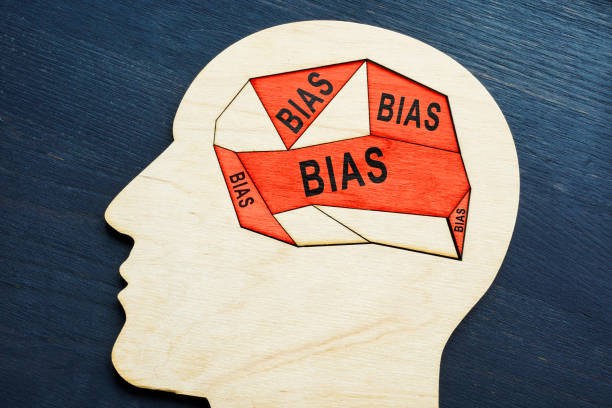
Researchers have found that cognitive bias wreaks havoc by forcing people to make poor, irrational judgments. Picture: LinkedIn.
Do gentlemen really prefer blondes? Travis Bradberry provides facts to prove the title of that 1953 movie is still relevant today, along with several other, often unconscious, workplace biases.
The human brain is a natural wonder. It produces more than 50,000 thoughts each day and 100,000 chemical reactions each second.
With this amount of processing power, you would think our judgment would be highly accurate, but that’s far from the case.
Our judgments are often inaccurate because the brain relies on cognitive biases over hard evidence. Cognitive bias is the tendency to make irrational judgments in consistent patterns.
Researchers have found that cognitive bias wreaks havoc by forcing people to make poor, irrational judgments, as the following examples indicate.
A Queensland University study found that blonde women earned, on average, 7 per cent higher salaries than redheads and brunettes.
Another study found that people with ‘’mature’’ faces experienced more career success than those with ‘’baby’’ faces.
Baby faces were defined as those with small chins, wider cheeks, and bigger eyes. Mature faces were those with bigger chins, narrower facial features, and smaller eyes.
A Yale University study found that female scientists in senior positions were not only more likely to hire male scientists, they also paid them more than female scientists.
It’s highly unlikely that the people in these studies actually wanted to pay blondes more money, enable people with mature faces to succeed at the expense of those with baby faces, or hire male scientists disproportionally and pay them more.
Our unconscious biases are often so strong that they lead us to act in ways that are inconsistent with reason as well as our values and beliefs.
Let’s explore some of the most common types of cognitive biases that entrench themselves in our lives.
The decoy effect: This occurs when someone believes they have two options, but you present a third option to make the second one feel more palatable.
For example, you visit a car lot to consider two cars, one listed for $30,000 and the other for $40,000. At first, the $40,000 car seems expensive, so the salesperson shows you a $65,000 car. Suddenly, the $40,000 car seems reasonable by comparison.
This salesperson is preying on your decoy bias – the decoy being the $65,000 car that he knows you won’t buy.
Affect heuristic: This is the human tendency to base our decisions on our emotions.
In a study at Shukutoku University in Japan, participants judged a disease that killed 1286 people out of every 10,000 as being more dangerous than one that was 24.14 per cent fatal (despite this representing twice as many deaths).
People reacted emotionally to the image of 1286 people dying, whereas the percentage didn’t arouse the same mental imagery and emotions.
Fundamental attribution error: This is the tendency to attribute situational behaviour to a person’s fixed personality.
For example, people often attribute poor work performance to laziness when there are so many other possible explanations.
It could be the individual in question is receiving projects they aren’t passionate about, their rocky home life is carrying over to their work life, or they’re burnt out.
Confirmation bias: The tendency to seek out information that supports our pre-existing beliefs.
In other words, we form an opinion first and then seek out evidence to back it up, rather than basing our opinions on facts.
The ostrich effect: The ostrich effect is aptly named after the fact that ostriches, when scared, literally bury their heads in the ground.
This effect describes our tendency to hide from impending problems. We may not physically bury our heads in the ground, but we might as well.
For example, if your organisation is downsizing, you’re having relationship issues, or you receive negative feedback, it’s common to attempt to push all these problems away rather than face them head-on.
This doesn’t work and simply delays the inevitable.
The bandwagon effect: The tendency to do what everyone else is doing. This creates a kind of group-think, whereby people run with the first idea that’s put on the table instead of exploring a variety of options.
The bandwagon effect illustrates how we like to make decisions based on what feels good (doing what everyone else is doing), even if alternatives are better.
Bias blind spot: If you begin to feel that you’ve mastered your biases, keep in mind that you’re most likely experiencing the bias blind spot.
This is the tendency to see biases in other people but not in yourself.
Recognising and understanding bias is invaluable because it enables you to think more objectively and interact more effectively with others.
Which of these biases have you experienced?
Travis Bradberry is the award-winning co-author of the bestselling book Emotional Intelligence 2.0, and the co-founder of TalentSmart. His books have been translated into 25 languages and are available in more than 150 countries. He can be contacted at TalentSmart.com.
This article first appeared on the TalentSmart website.





